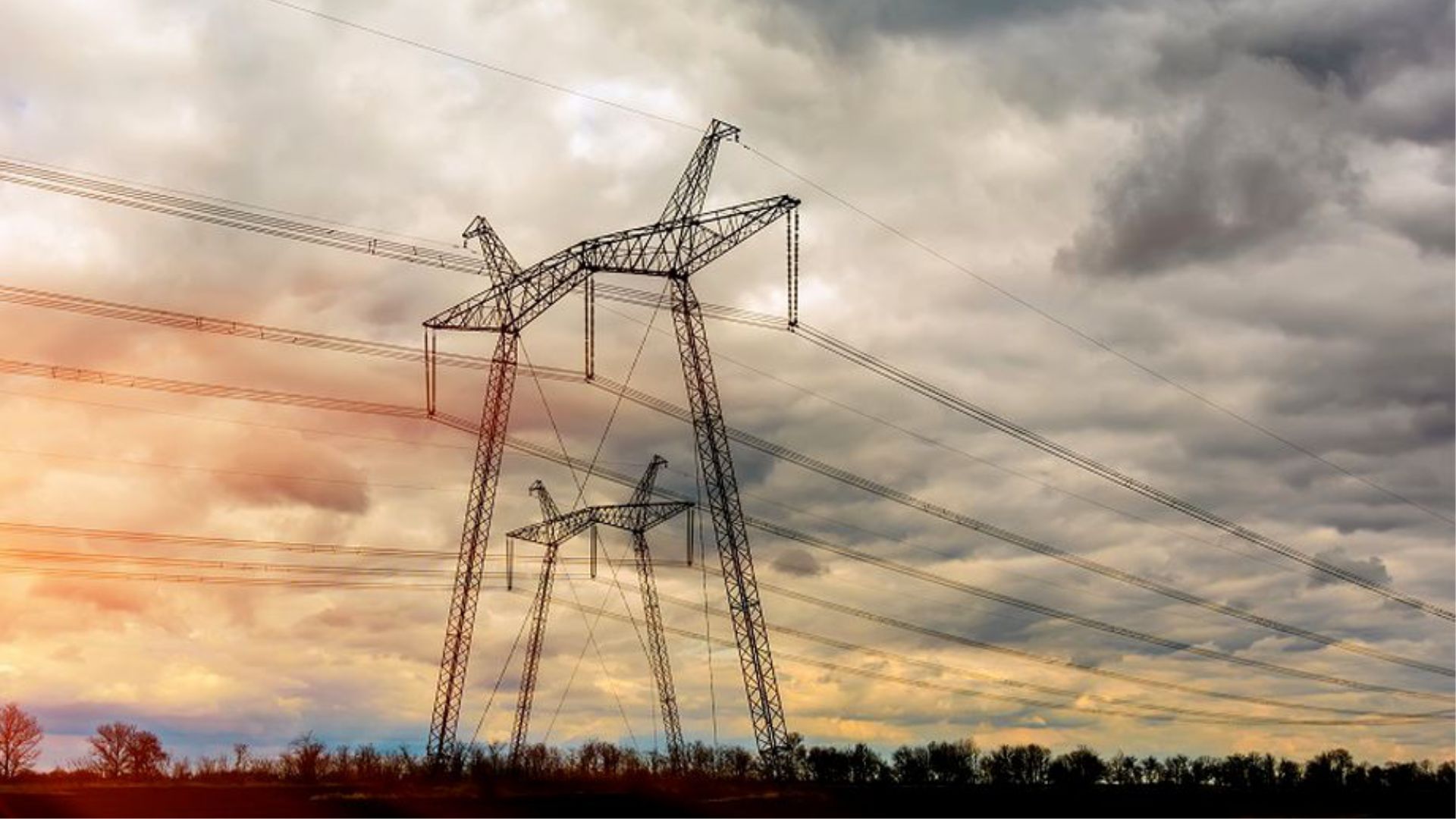Romania's Electricity Market Transformation: Challenges and Opportunities in a Liberalized Era
- Romania | 26 February 2021

Romania’s electricity market underwent a significant transformation in January 2021, as full liberalization became a reality. This long-anticipated shift gave consumers the freedom to choose their electricity supplier based on the competitiveness of their offerings. While this marks the culmination of a lengthy process, there’s still a substantial portion of the population, roughly six million household consumers, who have yet to select a new supplier.
A December study conducted by the Association for Intelligent Energy revealed a startling fact: more than 90% of residential consumers were unaware of the impending market liberalization set for January 1st. In light of this knowledge gap, the National Energy Regulatory Authority (ANRE) has been urging consumers to exercise their newfound rights.
Zoltan Nagy-Bege, Vice President of ANRE, emphasized the importance of consumer choice, stating, “Without doubt, from now on, competitive market prices will be lower than universal service prices, as is natural.” Those who fail to make the switch to a competitive market supplier risk paying prices that are 13% to 26% higher. To provide consumers with ample time to secure energy supply contracts in the competitive market, ANRE extended the deadline to March 31st, 2021. Additionally, they imposed new obligations on suppliers of last resort, mandating the inclusion of a competitive option alongside the universal service offer throughout December 2020 and January 2021.
Romania’s transition to a fully liberalized energy market aligns with the European Parliament’s regulation from June 2019, which stipulated that energy prices across the EU should be determined based on supply and demand dynamics. Over the years, Romania had requested several derogations, but the January 2021 deadline marked the final push to complete the liberalization process.
However, this monumental change in the energy landscape brings forth a slew of questions and concerns. With ANRE no longer dictating market prices, the country needs to develop new legislation that considers the welfare of vulnerable consumers. Romania currently grapples with one of the highest rates of energy poverty in Europe, necessitating protective measures in the liberalized market.
Moreover, all consumers must exercise diligence when selecting their next energy contract. This transformation provides an opportunity for suppliers to elevate their offerings, striking the right balance in their service mix. It’s an era where consumers become more discerning, and suppliers must adapt to meet their needs.
As Romania’s electricity market undergoes this historic transition, the road ahead holds both challenges and opportunities. The successful implementation of liberalization hinges on comprehensive regulations, consumer education, and a market that ensures affordability and accessibility for all citizens.








